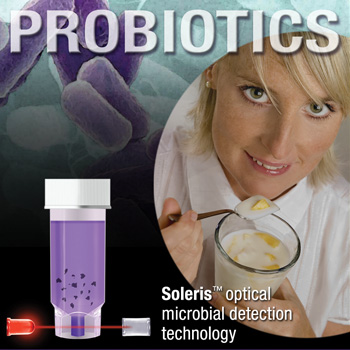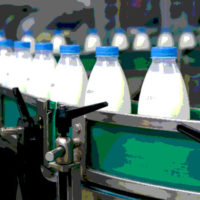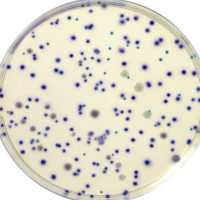Rapid Optical Microbial Test System Finding Favor As Probiotic Test

Much like quality tools are used in unintended ways once they reach imaginative consumers, Neogen’s new microbial test system is now finding uses beyond its original intent.
"Soleris™ was originally designed to easily and rapidly confirm the absence of undesirable microbes in consumer goods. With the explosion of the use of probiotics, [it] is now being adapted to confirm the presence of a sufficient number of desirable microbes in consumer goods," said Neogen’s Dr. Jason Lilly. "Research has shown probiotics once added to some consumer goods can exhibit a low viability in a final product. This work illustrates the need for companies that enhance their products with probiotics to have a testing protocol in place for probiotics in the final product, and to guarantee the level is maintained throughout product shelf life."
The World Health Organization defined probiotics as "live microorganisms, which when administered in adequate amounts, confer a health benefit on the host." Probiotics, including Lactobacillus acidophilus, Lactobacillus casei and Bifidobacterium spp., are now being incorporated into such foods as yogurt, specialty milks, cheese, infant formula, non-dairy health drinks, breakfast foods and even "probiotic shots."
"On the heels of the discoveries of the health benefits of probiotics in assorted foods has come a need to confirm that the probiotics are at optimal levels when the products reach consumers, and in some cases, even what those optimal levels are," said Dr. Lilly. "An accurate, reliable, and repeatable testing tool is needed throughout the process."
He said that Neogen has worked with a variety of manufacturers to adapt a lactic acid bacteria test method to rapidly enumerate Lactobacillus spp. and Bifidobacterium spp. in wide-ranging commodities to fill that need.
"As with its other testing objectives, [our method] works well when testing for probiotics to decrease time to results, increase the sensitivity of the assays and decrease the necessary hands-on time of the product testing," he said. "There is an excellent correlation between the results obtained with the instrument and the current plate count methodology for Lactobacillus and Bifidobacterium. A calibration curve is used to easily relate a calculated optimal cut-off time to a desired level of probiotic organism present in the product sample."
Case Study: Using Soleris to Enumerate Probiotics Applied to a Breakfast Food
Neogen recently worked with a food manufacturer to validate a test protocol that would be used to confirm a sufficiently high level of Lactobacillus spp. in a food product. The probiotic was applied as a micro-encapsulated coating to the food, with a target concentration of greater than 3.5 × 1010 CFU/gram. The research also sought to determine the shortest possible detection time to accurately assess whether the sample contained a sufficiently high level of the probiotic.
Duplicate food samples were prepared for testing for lactic acid bacteria on the system, and for comparison purposes, with standard plate count methodologies. All samples tested with the system’s instrument were placed in an appropriate vial and tested with appropriate test parameters.
Plate counts were performed on serial dilutions prepared from an initial 1:1000 dilution of the product samples using Butterfield’s Phosphate Buffer. Lactobacilli MRS Agar pour plates were used for enumeration.
Results showed an excellent correlation (R2 greater than 0.92) between the optical microbial test system and plate count methodologies. Because the product naturally contained a high level of lactic acid bacteria, researchers were able to dilute the product down to create a calibration curve using a 5-log spread.
From the calibration curve, a cut-off point analysis was used to calculate that seven hours was the best time to determine whether the samples had probiotics counts above or below the target of 3.5 × 1010 CFU/gram. Where as traditional methods required 48 to 72 hours of incubation.
Our Methodology
Our test system rapidly detects microbial contamination by monitoring the color changes produced by changing pH, and other reactions, generated by microbial growth. These color changes, expressed as optical units, are sensed by the system’s photo detector and recorded in the system’s computer. The automated optical system needs only a fraction of the time of traditional methods, with significantly less hands-on time. The system offers a wide array of rapid tests, including: total viable count, coliforms, E. coli, yeast and molds, lactic acid bacteria and Enterobacteriaceae.
www.neogen.com
Looking for a reprint of this article?
From high-res PDFs to custom plaques, order your copy today!








